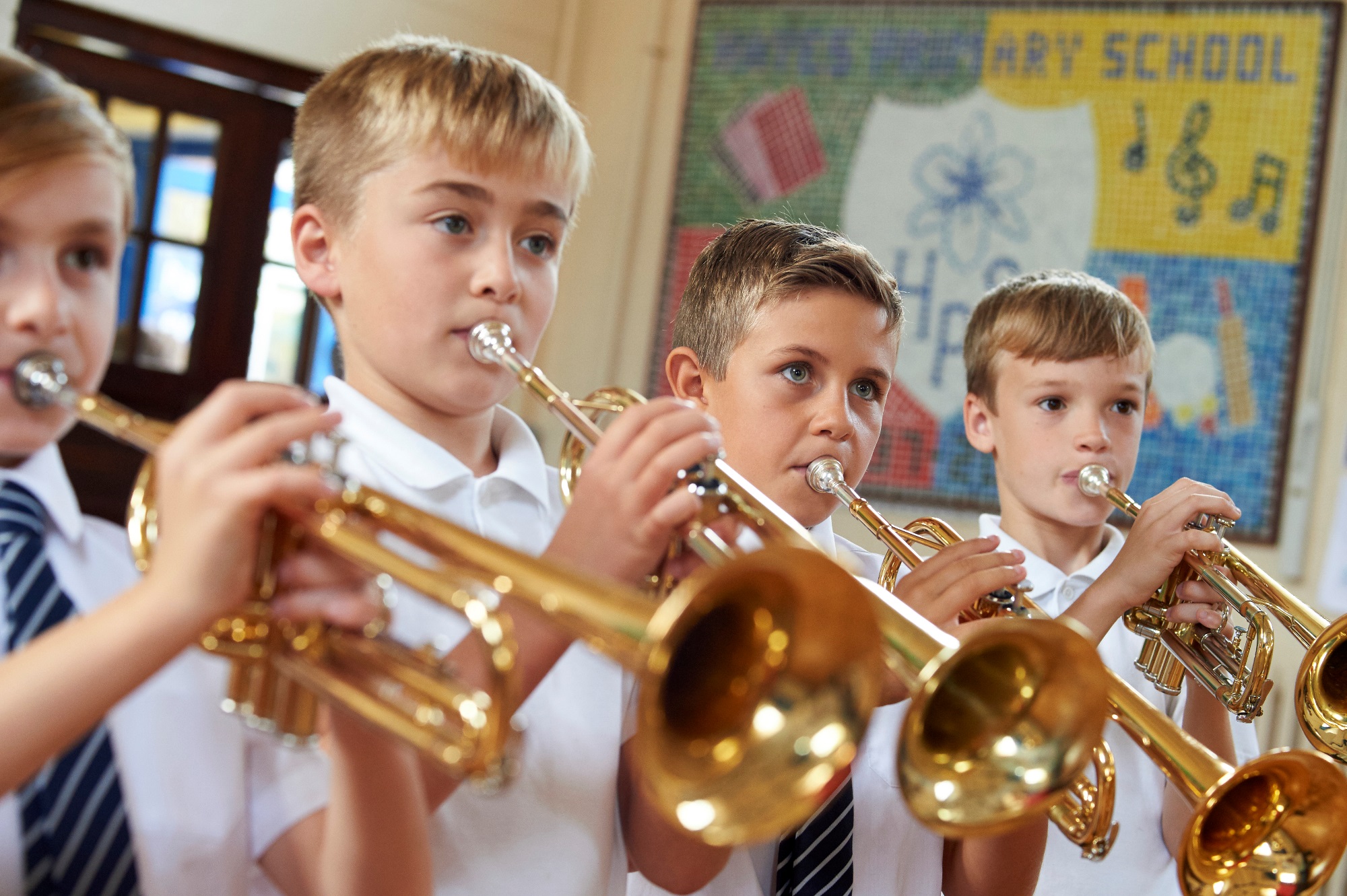Sensory and/or Physical
Some of the aspects of difficulty included in this area area:
Hearing Impairment (HI)
Pupils with an HI range from those with a mild hearing loss to those who are profoundly deaf. They cover the whole ability range.
For educational purposes, pupils are regarded as having an HI if they require hearing aids, adaptations to their environment and/or particular teaching strategies to access the concepts and language of the curriculum. A number of pupils with an HI also have an additional disability or learning difficulty. Hearing loss may be because of conductive or sensorineural problems and can be measured on a decibel scale. Four categories are generally used: mild, moderate, severe and profound. Some pupils with a significant loss communicate through sign instead of, or as well as, speech.
Visual Impairment (VI)
A visual impairment is generally defined as an eyesight problem that cannot be corrected by wearing glasses or contact lenses or by surgery.
The terms partially sighted, low vision, legally blind, and totally blind are used in the educational context to describe students with visual impairments. They are defined as follows:
- "Partially sighted" indicates some type of visual problem has resulted in a need for special education;
- "Low vision" generally refers to a severe visual impairment, not necessarily limited to distance vision. Low vision applies to all individuals with sight who are unable to read the newspaper at a normal viewing distance, even with the aid of eyeglasses or contact lenses. They use a combination of vision and other senses to learn, although they may require adaptations in lighting or the size of print, and, sometimes, Braille;
- "Legally blind" indicates that a person has less than 20/20 vision in the better eye or a very limited field of vision (20 degrees at its widest point); and
- Totally blind students learn via Braille or other non-visual media.
Multi-Sensory Impairment (MSI)
Pupils with MSI have a combination of visual and hearing difficulties. They are sometimes referred to as deafblind but may have some residual sight and/or hearing. Many also have additional disabilities but their complex needs mean it may be difficult to ascertain their intellectual abilities. Pupils with MSI have much greater difficulty accessing the curriculum and the environment than those with a single sensory impairment. They have difficulties in perception, communication and in the acquisition of information. Incidental learning is limited. The combination can result in high anxiety and multi-sensory deprivation. Pupils need teaching approaches that make good use of their residual hearing and vision, together with their other senses. They may need alternative means of communication.
Physical Disability (PD)
There is a wide range of physical disabilities and pupils cover the whole ability range. Some pupils are able to access the curriculum and learn effectively without additional educational provision. They have a disability but do not have an SEN. For others, the impact on their education may be severe.
In the same way, a medical diagnosis does not necessarily mean a pupil has an SEN. It depends on the impact the condition has on their educational needs.
There are a number of medical conditions associated with physical disability that can impact mobility. These include cerebral palsy, heart disease, spina bifida and hydrocephalus, and muscular dystrophy. Pupils with physical disabilities may also have sensory impairments, neurological problems or learning difficulties.
Some pupils are mobile but have significant fine motor difficulties that require support. Others may need augmentative or alternative communication aids.
Medical Needs
A medical diagnosis or a disability does not necessarily imply a special educational need (SEN). It may not be necessary for the child or young person with any particular diagnosis or medical condition to have any additional form or educational provision at any phase of education. It is the child’s medical needs rather than a diagnosis that must be considered.
Some children may not require school-based SEN provision but they have medical conditions that, if not properly managed, could hinder their access to education.
Children and young people with medical conditions will include those with Asthma, Diabetes, Arthritis, Epilepsy, severe allergies, Incontinence, Eczema, Cystic fibrosis Tracheotomy, Colostomy and Ileostomy.
In such cases, school staff will take into consideration the medical guidance available.






